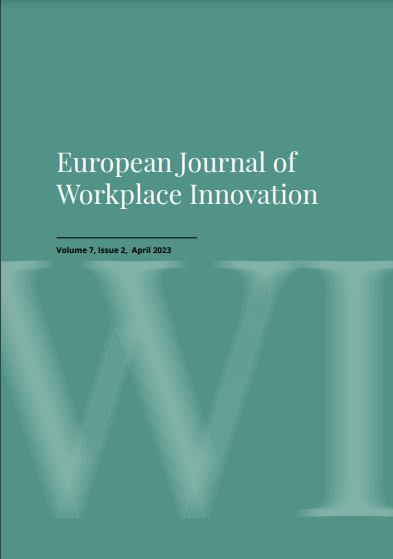Co-creating New Dancefloors Through a Parallel Organisation
Workplace development through union-management cooperation in public the sector
Abstract
Across industries, union density is under great pressure from different forms of organisations and, in many ways, a more individualised working life. Employee relations within the public sector have undergone a transition due to privatisation, decentralisation, and the adoption of quality management approaches. Employee relations in Nordic countries are strongly embedded in national regulations and agreements. However, research on workplace development within the public sector rarely includes discussions of the union role. The Nordic model perspective acknowledges that the different social parties share interests and visions, and it promotes a collective effort when workplace development is sought. This paper poses the question of how public organisations can change the “boxing and dancing” behaviour in union–management relationships through the establishment of a parallel organisation (PO). The PO serves as a different organisational mode when the operating organisation is unable to successfully deal with certain prevailing issues, where knowledge rather than authority should determine decisions. The findings show that the PO creates a “dancefloor”, less confined by bureaucratic barriers, where unions and managers co-create new relations. In addition, participants experience more enhancement of their roles, and their focus towards developing their workplace collectively is more prominent. Our findings contribute to the industrial relations literature by proposing POs as a tool for building relations between unions and managers in a public organisation. Our paper also contributes to the PO literature by proposing that the inclusion of unions in a PO can be crucial when attempting to transfer outcomes into the operating organisation.
Authors who publish with this journal agree to the following terms:
- Authors retain copyright and grant the journal right of first publication with the work simultaneously licensed under a Creative Commons Attribution License that allows others to share the work with an acknowledgement of the work's authorship and initial publication in this journal.
- Authors are able to enter into separate, additional contractual arrangements for the non-exclusive distribution of the journal's published version of the work (e.g., post it to an institutional repository or publish it in a book), with an acknowledgement of its initial publication in this journal.
- Authors are permitted and encouraged to post their work online (e.g., in institutional repositories or on their website) prior to and during the submission process, as it can lead to productive exchanges, as well as earlier and greater citation of published work (See The Effect of Open Access).

